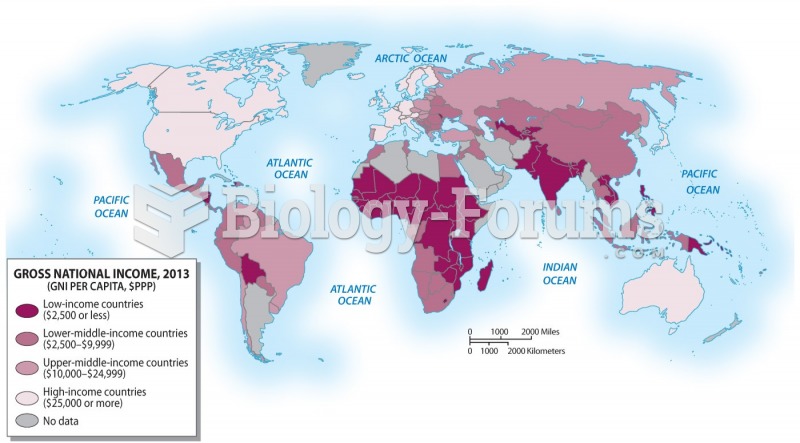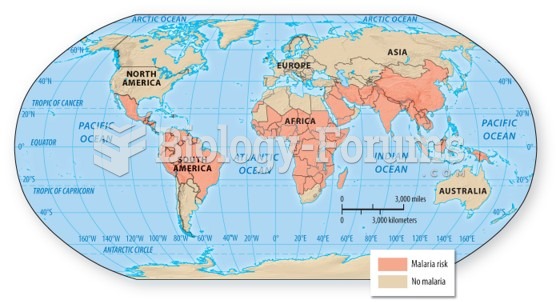Answer to Question 1
a
Answer to Question 2
Symbolic interactionists examine the experience of urban life. How does city life affect
the people who live in a city? Sociologist Louis Wirth suggested that urbanism is a
way of life.. Urbanism refers to the distinctive social and psychological patterns of
life typically found in the city. According to Wirth, the size, density, and heterogeneity
of urban populations typically result in an elaborate division of labor and in spatial
segregation of people by race/ethnicity, social class, religion, and/or lifestyle. From
Wirth's perspective, people who live in urban areas are alienated, powerless, and
lonely. A sense of community is obliterated and replaced by the mass societya
large-scale, highly institutionalized society in which individuality is supplanted by mass
messages, faceless bureaucracies, and corporate interests. Sociologist Herbert Gans
suggested that not everyone experiences the city in the same way. Gans identified five
different categories of adaptation among urban dwellers or villagers: cosmopolites,
unmarried people and childless couples, ethnic villagers, the deprived, and the trapped.
Cosmopolites are students, artists, writers, musicians, entertainers, and professionals
who choose to live in the city because they want to be close to cultural activities.
Unmarried and childless couples want to be close to work and entertainment. Ethnic
villagers live in ethnically segregated neighborhoods. Some of these are recent
immigrants who feel comfortable among similar others. The deprived are
poor individuals with bleak future prospects. They have limited education and
resources. Finally, the trapped people can find no escape from the city. These are often
downwardly mobile people who have lost their former position in society. Unlike Wirth,
Gans recognized that urban life was comfortable and appealing to some groups of
people.







